How Nonwoven Geotextile Fabric Transforms Geosynthetics Applications
Learn how nonwoven geotextile fabric enhances geosynthetics applications with real-world cases in roads, railways, and coastal protection.
Tel: +86-411-39569550 | E-mail: info@geofantex.com/geofantex@gmail.com
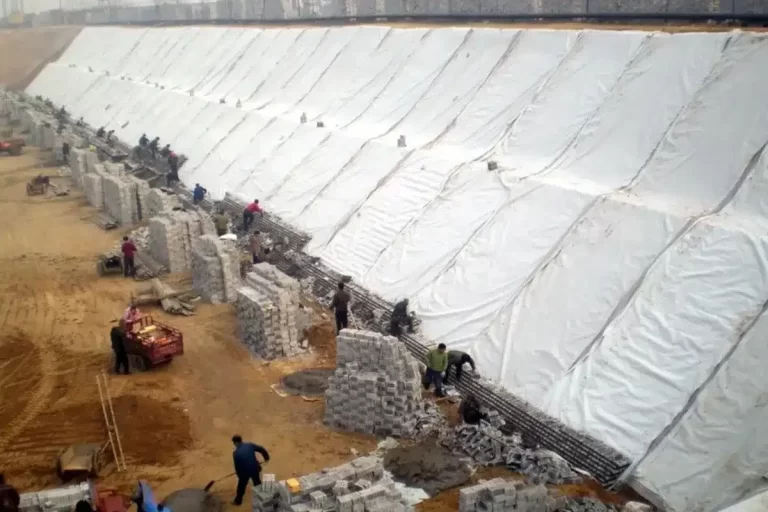
Learn how nonwoven geotextile fabric enhances geosynthetics applications with real-world cases in roads, railways, and coastal protection.
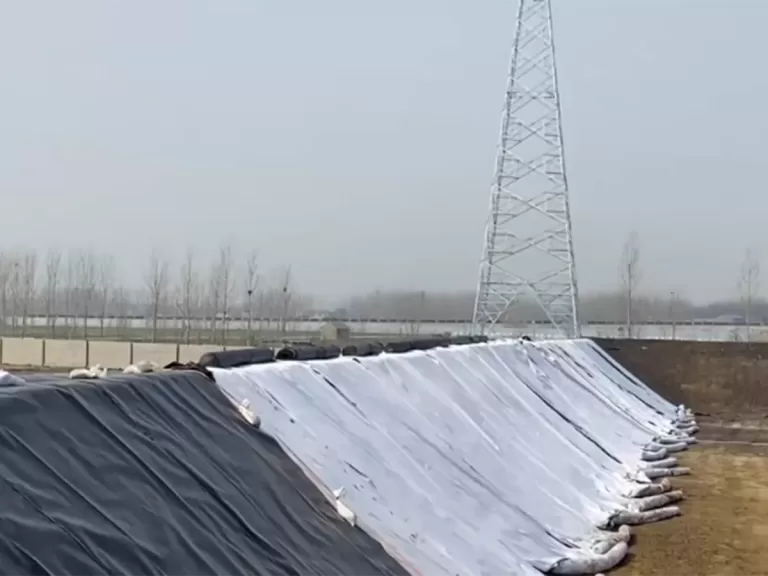
Discover how geotextile fabrics enhance geosynthetics projects with real-world cases in roads, railways, and coastal protection.
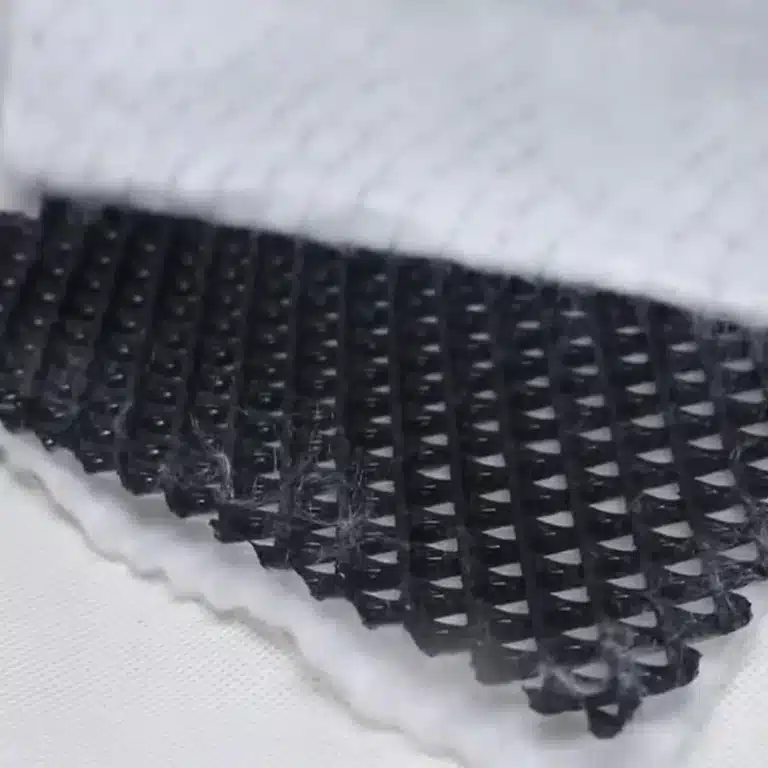
Explore the latest composite drainage trends in geosynthetics, including smart materials, market growth, and infrastructure applications.

Discover the latest innovations in geosynthetic drainage panels, from eco-friendly materials to advanced manufacturing technologies.
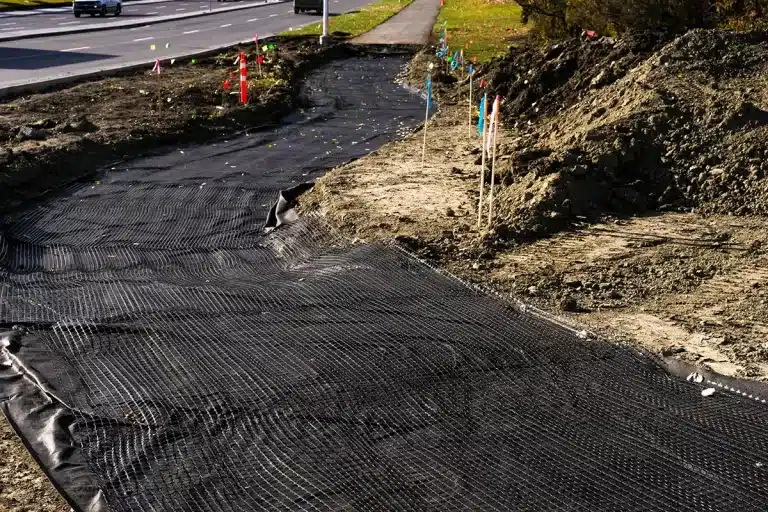
Discover how geosynthetics and primary geonet layer landfill solutions improve drainage, prevent leachate, and enhance landfill stability.
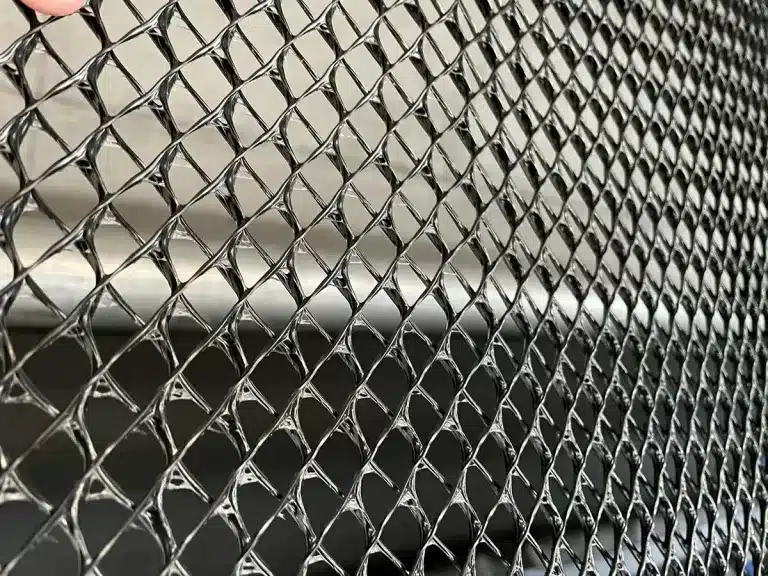
Learn how to choose a durable geo cell ground grid for soil stabilization, erosion control, and cost-effective geosynthetic projects.
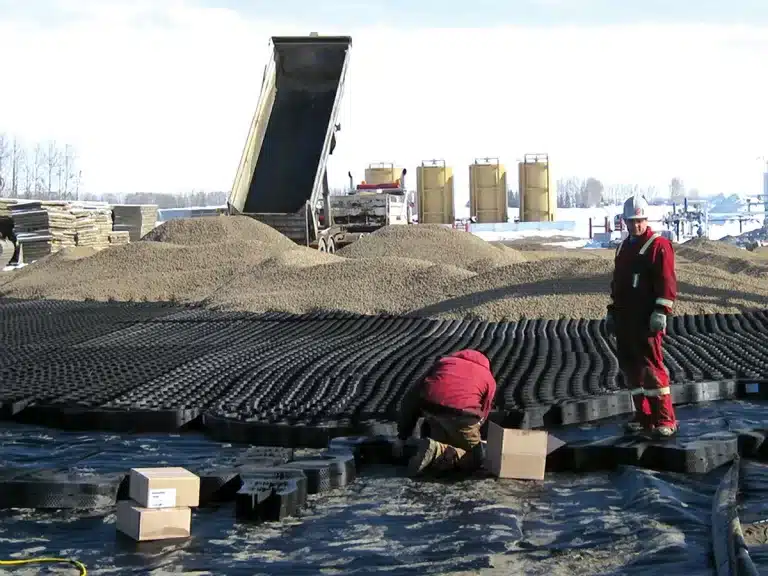
Learn how to choose a durable geo cell ground grid for soil stabilization, erosion control, and cost-effective geosynthetic projects.
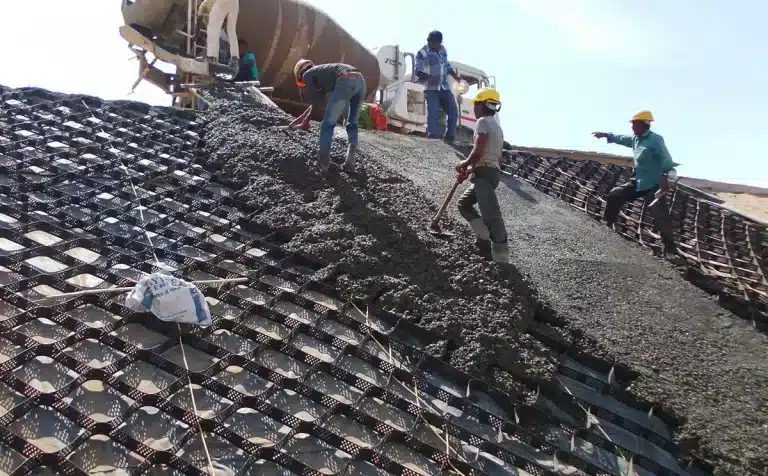
Find out how to select a reliable geocell supplier, avoid low-quality products, and ensure long-lasting geosynthetic solutions.
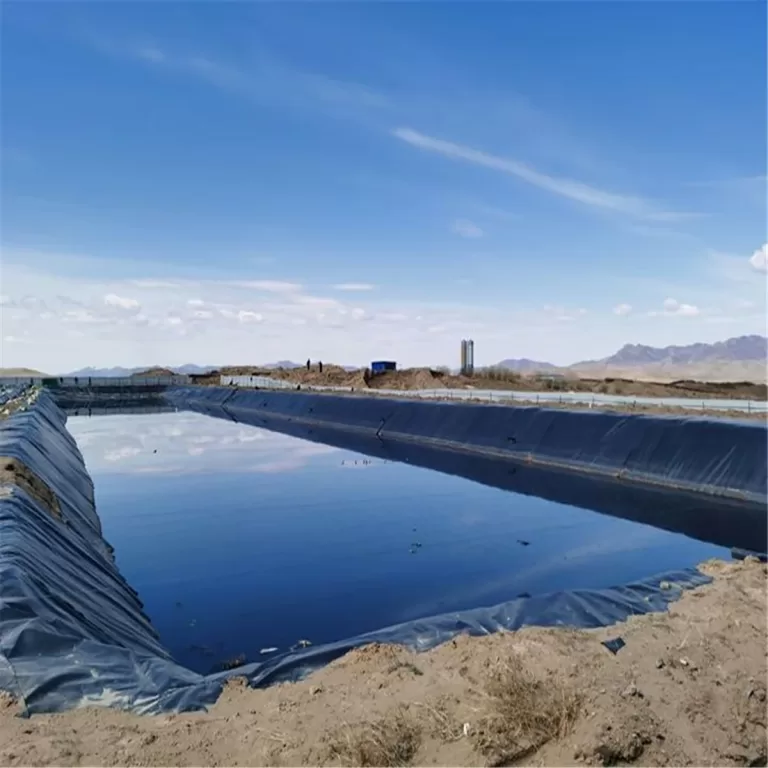
Find the best geomembranes manufacturer discount, industry data, and real project savings while ensuring quality and compliance.

Find the best geomembranes manufacturer discount, industry data, and real project savings while ensuring quality and compliance.
End of content
End of content
WhatsApp us